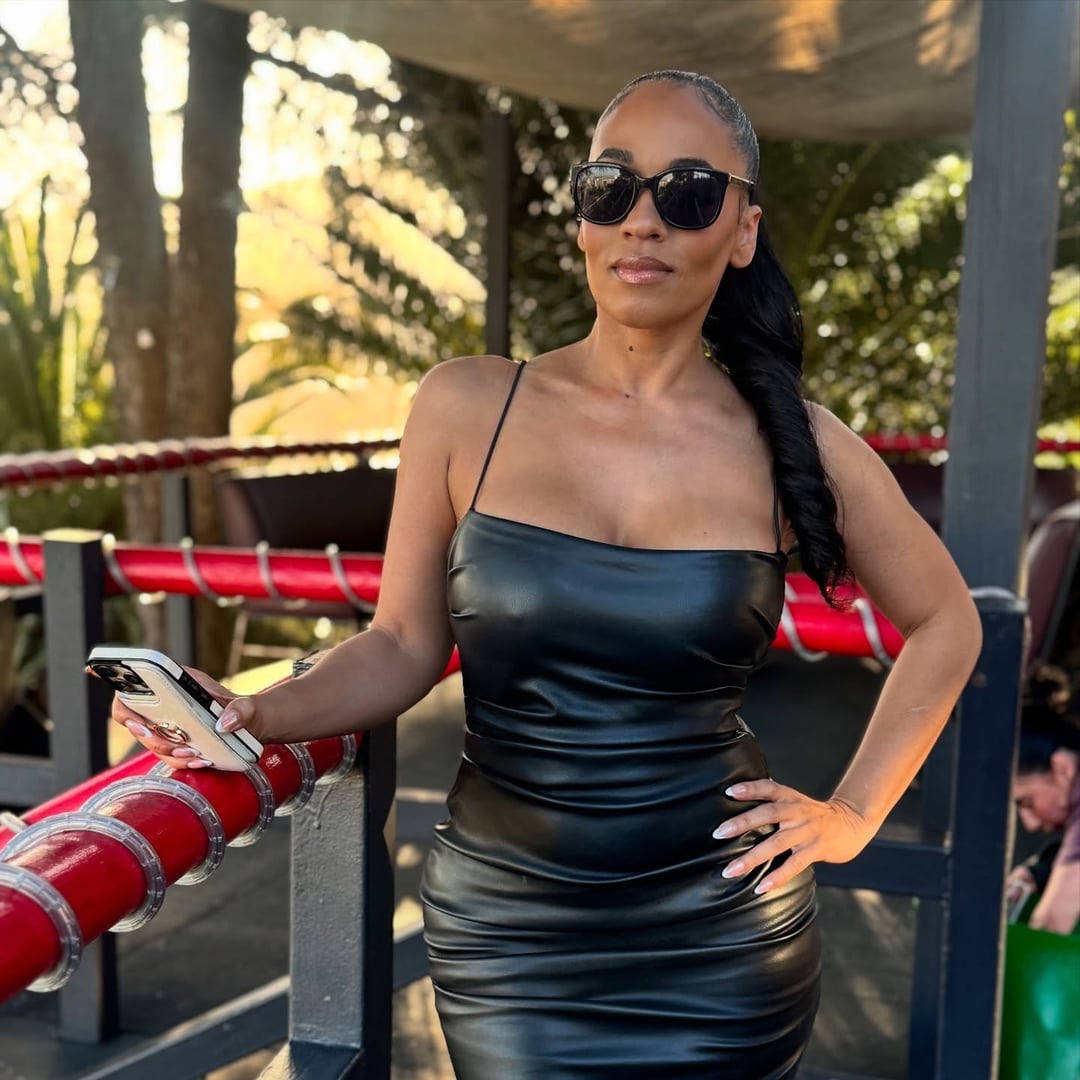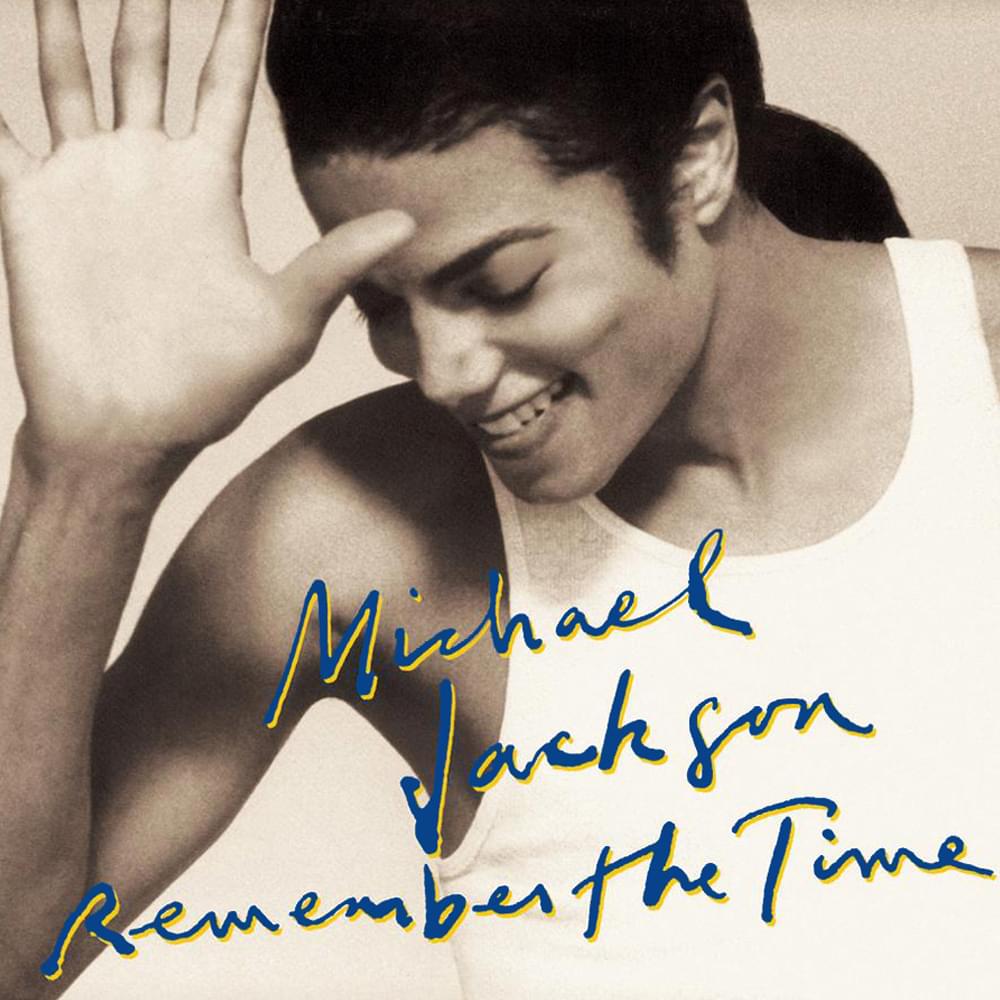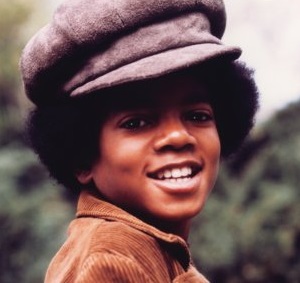Marlon Wayans Says He Was Broke After Leaving In Living Color
Marlon Wayans appeared on Club Shay Shay to reveal things about In Living Color.
The Wayans brothers, particularly Keenen Ivory Wayans, Damon Wayans, Shawn Wayans, and Marlon Wayans, played a pivotal role in creating and starring in the groundbreaking sketch comedy show In Living Color, which aired on the Fox network from 1990 to 1994. The show, created by Keenen Ivory Wayans, was known for its edgy humor, diverse cast, and its ability to tackle social and political issues, making it a cultural phenomenon and launching the careers of many comedians, including Jim Carrey, Jamie Foxx, and Jennifer Lopez.
The Fall Out Over In Living Color
The fallout primarily involved Keenen Ivory Wayans and Fox, with tension stemming from creative control and disputes over the show’s direction. Keenen Ivory Wayans, as the creator and driving force behind the show, clashed with Fox executives over the creative direction of In Living Color. Fox wanted to make the show more mainstream and less controversial, which went against Keenen’s vision of maintaining its bold, edgy comedy.
Fox increasingly censored sketches and limited the show’s content, which frustrated Keenen and the other Wayans family members. They felt the network was stifling the essence of what made In Living Color special and successful. Another major issue was over financial compensation. The Wayans family felt they were not being fairly compensated for the show’s success, especially considering how much the show had done to establish Fox as a network during its early years.
MARLON WAYANS: I WAS BROKE
Giving some insight into what it was like after the fallout with Fox Network, Marlon Wayans illustrated the financial stress he encountered with Club Shay Shay. “My family said, “F–k this money, and we all left In Living Color. We’re going, ‘You ain’t going to f–k my brother. We’re a family. You touch one, you touch all. They were offering us big checks. $70K checks to stay on that show. I’m still a brother after this. No, I’m going to support my brother and we all left the show. … When we left In Living Color, I had $700 in the bank and $900 rent. I was broke.”
“My family said, “F–k this money, and we all left In Living Color. We’re going, ‘You ain’t going to f–k my brother. We’re a family. You touch one, you touch all. They were offering us big checks. $70K checks to stay on that show. I’m still a brother after this. No, I’m going to… pic.twitter.com/vi0d3umpmU
— Club Shay Shay (@ClubShayShay) September 4, 2024
The show continued without the Wayans for another season but was eventually canceled in 1994. The legacy of In Living Color remained, but the fallout highlighted the challenges of maintaining creative control in Hollywood, especially for a show that pushed boundaries.
Despite the fallout, the Wayans brothers continued to have successful careers in comedy, film, and television, with shows like The Wayans Bros. and movies like Scary Movie and White Chicks. Their contributions to comedy remain significant, with In Living Color often regarded as one of the most influential comedy shows of its time.
THE ORIGIN OF THE SUPERBOWL HALFTIME SHOW
The In Living Color Halftime Show was a groundbreaking live television event that aired during Super Bowl XXVI on January 26, 1992. Instead of watching the traditional Super Bowl halftime performance, many viewers switched channels to watch this special episode, which was produced by the cast of the popular sketch comedy show In Living Color.
Most people still don’t know ILC’s half time show ratings is what gave the NFL the idea (aka copied it)
— WAYWARD (@Wayward_LLC) September 4, 2024
MARLON WAYANS ON JENNIFER LOPEZ ON LIVING COLOR
In Living Color was a critical stepping stone for Jennifer Lopez, providing her with exposure, experience, and an opportunity to work alongside other rising stars in the industry. Her role as a Fly Girl remains a memorable part of her early career, highlighting her roots in dance before she became the global superstar known today.
Lopez joined In Living Color as a Fly Girl in 1991 during the show’s third season. The Fly Girls were a group of talented dancers who performed during the show’s musical interludes and served as a unique, high-energy element that set the tone for the show’s lively atmosphere. The Fly Girls’ choreographer was Rosie Perez, who was instrumental in shaping the group’s dynamic style and was known for creating routines that combined hip-hop, jazz, and street dance. Marlon speaks on her keeping in touch with him after she rose to more fame in later years with movies and music.
“@JLo blew up. When I see her, it’s always love. She’s never been like, ‘I’m above you now.’ In fact, my role in Air, she told Ben Affleck … ‘What about Marlon? He’s a great dramatic actor.’ Ben called me and was like, ‘Will you do this role in my movie?’ It was a great role… pic.twitter.com/lHnBtw7ewO
— Club Shay Shay (@ClubShayShay) September 5, 2024
Share this content:














Post Comment